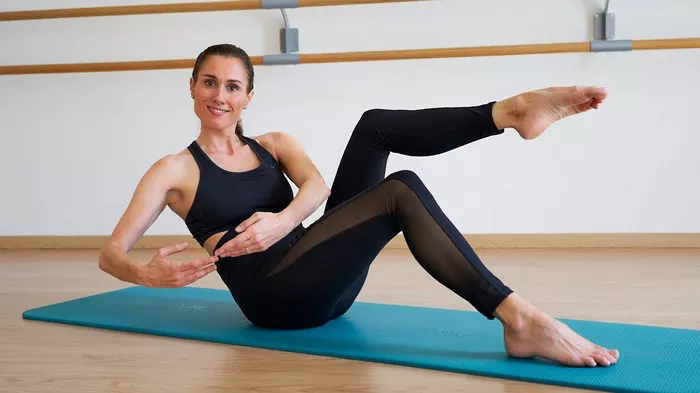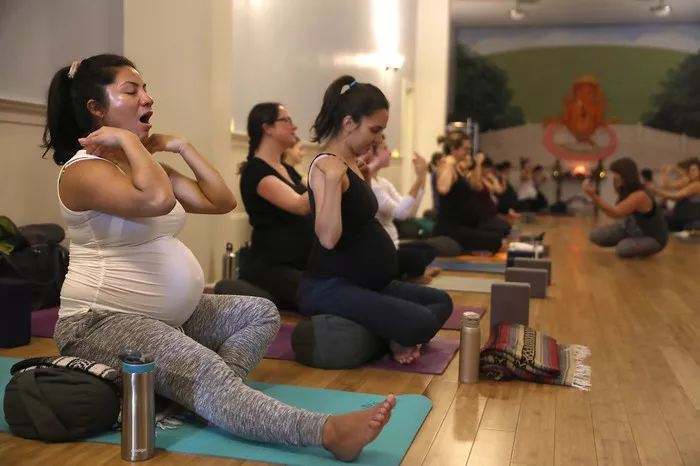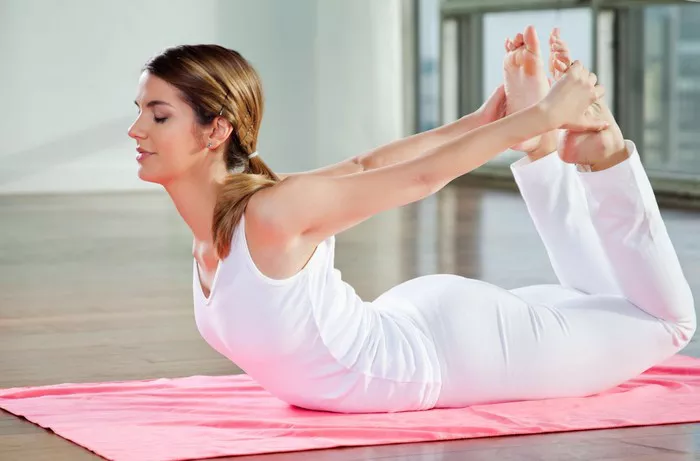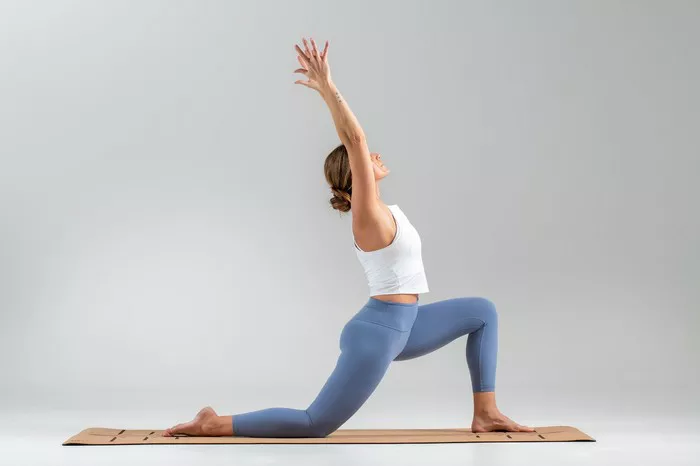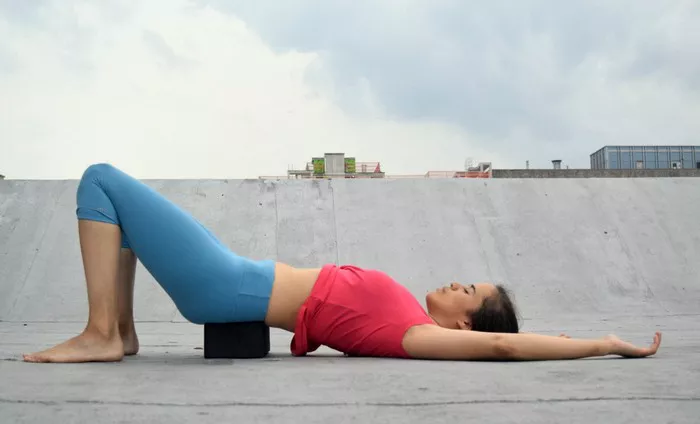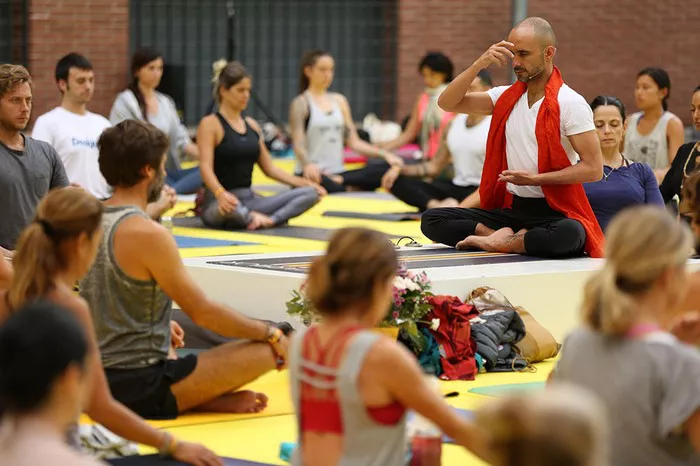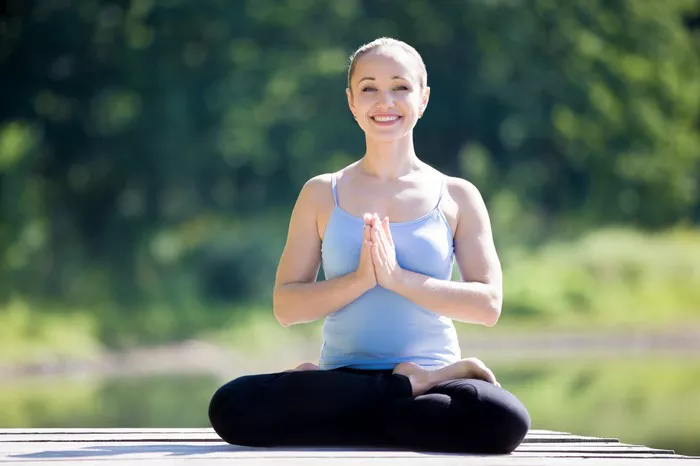Savasana, also known as the “Corpse Pose,” is a fundamental part of most yoga practices. It is the final pose in a session, often taken after a sequence of more physically demanding asanas. Many yoga practitioners, especially those new to the practice, may feel that Savasana is a restful and peaceful pose, but for some, it can be one of the most challenging parts of the practice. This might seem counterintuitive, as it involves simply lying still and relaxing on the mat. However, beneath this simple exterior, Savasana presents several layers of physical, mental, and emotional challenges that make it one of the hardest poses in yoga.
In this article, we will explore the reasons why Savasana can be so difficult, breaking down its physical, psychological, and spiritual complexities. We will also discuss how to overcome these challenges and learn to embrace the true benefits of this essential pose.
The Essence of Savasana
Before delving into the challenges, it’s essential to understand what Savasana truly is. The word “Savasana” comes from Sanskrit, where “Sava” means “corpse” and “Asana” means “pose.” Traditionally, the pose represents the stillness of the body after the mind has been quieted. It is a time for integration, reflection, and complete relaxation.
Physically, Savasana involves lying flat on your back with your legs extended comfortably and your arms resting by your sides. Your palms face upward, allowing your body to open and receive energy. Your head is aligned with your spine, and your eyes are closed. The goal is to be completely still, letting go of all tension and allowing the body to absorb the benefits of the previous postures.
1. The Challenge of Stillness: Physically Letting Go
For many people, the hardest aspect of Savasana is the physical stillness it demands. Yoga is often associated with movement—stretching, bending, twisting, and flowing through postures. The body is used to being active, to engaging muscles, and to constantly adjusting to the demands of each asana.
When the final resting pose arrives, the body is often reluctant to let go. After a vigorous practice, the muscles are awake, and there’s a natural desire to stretch, adjust, or fidget. In Savasana, however, the aim is to completely release all of the tension that may have built up throughout the session.
This can be difficult for several reasons:
Muscle Memory and Tension: Over time, the body has learned to hold onto tension, whether through stress, bad posture, or physical habits. Releasing these ingrained patterns of holding tension can take conscious effort.
Sensory Awareness: When we lie still, we become more aware of physical discomforts, aches, or sensations that we might not have noticed during more active poses. This heightened awareness can lead to restlessness.
Muscle Fatigue: The body may still be processing the work done in earlier postures, especially if the practice was intense or physically demanding. The body might not be ready to completely relax just yet.
In these moments, it’s easy to become frustrated or distracted by physical sensations. However, this is precisely why Savasana is so important—it offers an opportunity to retrain the body to release these patterns and find true relaxation.
2. The Mental Challenge: Quieting the Mind
While the body might struggle with stillness, the mind faces its own unique challenges in Savasana. Yoga practitioners often come to the mat to find relief from the mental noise of daily life—work, relationships, worries, and distractions. During active poses, the mind is typically focused on the movements and alignment, providing a temporary respite from this mental chatter.
But when we reach Savasana, the mind is given the freedom to wander. The body is still, and there is nothing left to focus on except for the inner workings of our thoughts. For many, this presents a challenge:
Mental Restlessness: The mind is trained to be active and engaged, jumping from thought to thought. The silence of Savasana forces the mind to slow down, which can create a sense of unease. Thoughts may come flooding in—about the past, the future, or the practice itself. This is a normal process, but it can make it hard to feel truly “at peace.”
Letting Go of Control: In yoga, we often strive for a balance between effort and surrender. While it’s easy to engage with the physical aspects of practice, surrendering to the quietness of Savasana can be much harder. The mind might resist this surrender because it wants to stay in control, constantly analyzing, planning, or worrying.
Overthinking the Pose: Some practitioners become overly focused on how they should be relaxing in Savasana—questioning if they are doing it “correctly” or wondering how long they need to stay in the pose. This mental analysis can prevent true relaxation.
The challenge of stillness in Savasana is therefore not just physical but mental. It’s about quieting the constant stream of thoughts that we have grown accustomed to, and allowing the mind to simply be present. In this sense, Savasana becomes a practice of mindfulness, of observing the mind without getting swept up in it.
3. The Emotional Challenge: Facing Ourselves
Savasana can also be emotionally challenging. In the stillness and quiet, we may find ourselves confronting feelings or emotions that we have been avoiding. Throughout a typical yoga class, we move through various emotions—relief, frustration, joy, or challenge—without necessarily having time to process them.
When we lie still in Savasana, these emotions may arise, and the silence can create space for them to surface. For some, this can feel uncomfortable or unsettling:
Emotional Release: Many people experience a release of pent-up emotions during Savasana. This can manifest as tears, a sense of deep sadness, or even moments of unexpected joy. While these emotional releases can be cathartic, they may also bring discomfort.
Facing Anxiety: For those who deal with anxiety or stress, Savasana can feel like an overwhelming experience. The quiet and stillness can magnify feelings of unease, making it difficult to simply relax. This is especially true if the mind is prone to overthinking.
Self-Confrontation: Yoga is often referred to as a journey of self-discovery. Savasana is the time to integrate the lessons learned during practice, and for many, this means facing uncomfortable truths or emotions. The stillness may bring up aspects of ourselves that we have been avoiding or neglecting.
It’s important to recognize that these emotional experiences are part of the process of self-awareness. Rather than resisting them, the practice of Savasana teaches us to be present with whatever arises, allowing these emotions to pass without judgment.
4. Spiritual Growth: A Time for Integration
On a deeper level, Savasana offers the opportunity for spiritual growth and integration. This is where the body, mind, and spirit can come together in harmony. However, the challenges of stillness, quieting the mind, and confronting emotions can also make it difficult to fully experience this integration.
In Savasana, we let go of the outer distractions of the world and turn inward. This is often described as the time when the benefits of the entire practice can settle into the body and mind. The pose encourages mindfulness, presence, and surrender. It requires trust—not just in the process, but in ourselves.
For many practitioners, Savasana becomes a place of deep spiritual connection. It’s a moment to reflect on the practice, to express gratitude for the body’s capabilities, and to find peace within. The difficulty in achieving this stillness may, in fact, be a sign of spiritual growth. The more we resist the stillness, the more we may need to work on surrendering and trusting in the process.
5. Overcoming the Challenges: How to Find Ease in Savasana
Given the difficulties that Savasana can present, it’s helpful to have tools and techniques to make the pose more accessible. Here are a few strategies to help you embrace Savasana more fully:
Use Guided Relaxation: For beginners, it can be helpful to use a guided meditation or body scan to help the mind stay focused. A teacher may guide you through a progressive relaxation, helping you release tension in each part of the body, starting from the toes and moving up to the head.
Focus on the Breath: Bringing attention to the breath can help quiet the mind. Focus on the sensation of the breath entering and leaving the body, or count your breaths to stay anchored in the present moment.
Let Go of Expectations: Savasana is not about doing it perfectly. It’s about being present, whether that means feeling restless or finding deep relaxation. Let go of any judgment or expectation around the pose, and simply allow yourself to be.
Practice Patience: Remember that Savasana is a practice of patience. The more you allow yourself to surrender to the stillness, the more familiar and comfortable it will become over time.
Conclusion
Savasana may seem like the easiest part of a yoga practice, but for many, it can be one of the most challenging. The demands of stillness, quieting the mind, and confronting emotions make this seemingly simple pose deeply transformative. By understanding these challenges and embracing them as part of the journey, we can learn to fully experience the benefits of Savasana. In doing so, we not only bring peace to our practice but also cultivate a deeper sense of mindfulness, self-awareness, and integration in our daily lives.
Related Topics:

